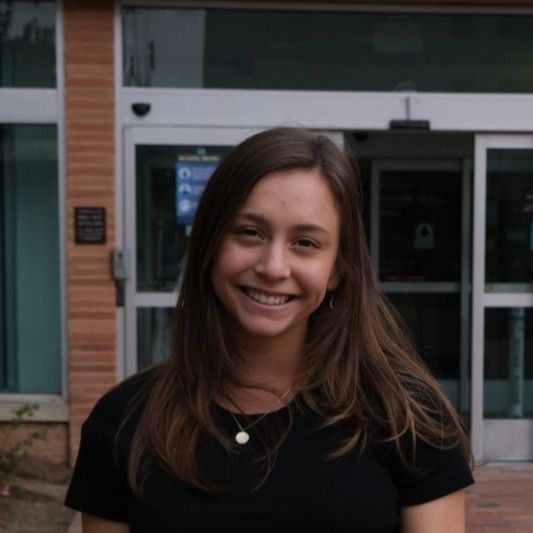Objective Measures Show Youth with OCD Do Not Experience Increased Sleep Disturbance
The findings presented at SLEEP 2022 differ from previous studies that evaluated the objective-subjective sleep patterns of this population.
Valerie Swisher

Research shared at the Associated Professional Sleep Societies (SLEEP) 2022 Annual Meeting found that compared with healthy controls, youth with obsessive-compulsive disorder (OCD) exhibit sleep disturbance on subjective sleep measures but sleep disturbance is not observed with objective sleep measures in this population.
The investigators, led by Valerie Swisher, Department of Psychiatry and Biobehavioral Sciences, University of California, Los Angeles, noted that these findings may suggest that certain forms of sleep disturbance that’s not measured by actigraphy, like bedtime resistance, nighttime anxiety, etc., are captured with subjective measures.
Sleep disturbance in this population is commonly observed, however, the limited research on the nature of these sleep issues among youth with OCD provide conflicting results. Therefore, investigators examined objective and subjective sleep disturbance in this population and compared the findings to healthy controls.
Psychiatric & Sleep Assessment
To investigate the relationship between sleep disturbance and OCD symptom severity, 61 individuals aged between 8-17 years were included in the initial evaluation. There were 26 youth with OCD and 35 youth who served as healthy controls.
OCD symptom severity was rated on the Children’s Yale-Brown Obsessive-Compulsive Scale by an evaluator who conducted a psychiatric diagnosis assessment. For the subjective measures, youth used the Sleep Self-Report (SSR), and parents used the Children’s Sleep Habits Questionnaire (CSHQ) to rate sleep.
The wActiSleep-BT actigraph was used to monitor 7 days of sleep to assess objective sleep patterns. These patterns included sleep onset latency, wake after sleep onset, duration and number of awakenings, total sleep time, and sleep efficiency.
Comparing Subjective & Objective Sleep Measures
When evaluating objective sleep measures, investigators found no significant differences revealed by the actigraphy measures between the population of individuals with OCD and the healthy control population. To make this comparison, independent samples t-tests were performed.
A significantly higher rate of sleep disturbance was self-reported by youth with OCD (t(24) = 3.29, p < 0.01), and parent-reported sleep disturbance, (t(41) = 2.94, p < 0.01), relative to healthy controls.
The severity of OCD symptoms was positively correlated with Sleep Self-Report scores (r = .53, p < 0.01), as well as CSHQ scores (r = .47, p = 0.03). However, there were no significant correlations identified between actigraphy measures and OCD symptom severity.
Observing Current & Previous Findings
According to the results of this study, when compared with healthy controls youth with OCD demonstrate significant sleep disturbance on subjective measures but not on objective measures.
Previous studies evaluating the objective-subjective sleep patterns of this population revealed findings that conflicted with those of this research. However, investigators stated that their results are consistent with those found in you with anxiety disorders.
Investigators concluded that even though there was no significant correlation found in the subjective sleep measures between the groups, that the data could suggest the types of sleep disturbance that cannot be measured by actigraphy are able to be captured through subjective measurements.